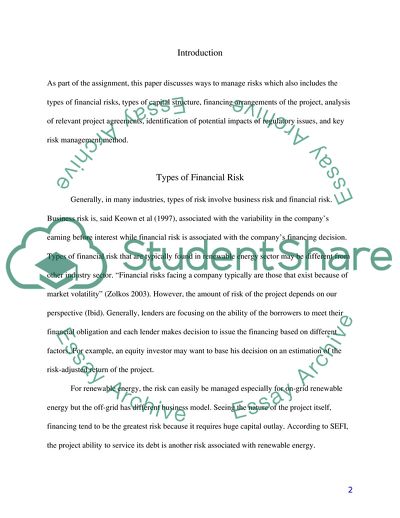Cite this document
(Managing Financial Risks Essay Example | Topics and Well Written Essays - 3000 words, n.d.)
Managing Financial Risks Essay Example | Topics and Well Written Essays - 3000 words. https://studentshare.org/finance-accounting/1707419-financial-construction-project
Managing Financial Risks Essay Example | Topics and Well Written Essays - 3000 words. https://studentshare.org/finance-accounting/1707419-financial-construction-project
(Managing Financial Risks Essay Example | Topics and Well Written Essays - 3000 Words)
Managing Financial Risks Essay Example | Topics and Well Written Essays - 3000 Words. https://studentshare.org/finance-accounting/1707419-financial-construction-project.
Managing Financial Risks Essay Example | Topics and Well Written Essays - 3000 Words. https://studentshare.org/finance-accounting/1707419-financial-construction-project.
“Managing Financial Risks Essay Example | Topics and Well Written Essays - 3000 Words”. https://studentshare.org/finance-accounting/1707419-financial-construction-project.


